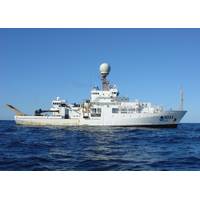
Markey Wins Deal to Refurbish Winches for NOAA Research Vessel
more efficient, cleaner for the environment, and safer to operate, and will keep the ship meeting the needs of the nation well into the next decade." Markey’s winches were similarly acknowledged recently aboard the R/V Atlantic Explorer, a NOAA partner-vessel operated by BIOS/Arizona State University.Rick Verlini, Port Captain of the Atlantic Explorer, said, “We all appreciate how much Markey has done for the R/V Atlantic Explorer. I can’t entirely express my deepest gratitude and appreciation for the invaluable support and assistance of Markey, but especially from John C

Using the Ocean to Fight Climate Change Raises Serious Environmental Justice and Technical Questions
could become a useful method for keeping global warming in check, but it should not be seen as a silver bullet, especially since there isn’t an effective global system for making decisions about the ocean.AuthorsSonja Klinsky is an Associate Professor and Senior Global Futures Scientist at Arizona State University.Terre Satterfield is a Professor of Culture, Risk and the Environment at the University of British Columbia.Sarah Cooley, a former research scientist at Woods Hole Oceanographic Institution and director of climate science at the Ocean Conservancy, contributed to this article.(Source:
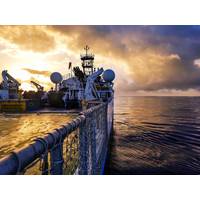
Ten Institutes Join the Nereus Program
from the Nippon Foundation in 2016, will allow the program to be more comprehensive in its research scope and be more policy-relevant. New partners include: University of Wollongong (Australia) Harvard University (USA) University of Washington (USA) Arizona State University (USA) University of South Carolina (USA) Agrocampus Ouest (France) Monterey Bay Aquarium (USA) Stanford University (USA) University of Ottawa (Canada) Swiss Federal Institute of Technology Zurich (ETH Zurich, Switzerland) Rutgers University (USA)
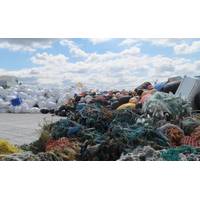
NOAA Backs Marine Debris Removal/Research
understanding of how microplastics interact with seafood species. Projects awarded through this grant competition will improve our understanding of the ecological risks associated with marine debris as well as the fate and transport of marine debris in nearshore, coastal environments. Arizona State University ($195,837) will use a risk assessment framework to quantify microplastics (plastic pieces <5mm in size) in water, sediment and bivalves at three sites in American Samoa, and assess the types and concentrations of organic contaminants in those microplastics. The University

MacArtney Shows Sensorbots at Ocean Business
technology at Ocean Business 2013, held early April in Southampton, U.K. As human understanding and appreciation of the oceans rapidly increases, so does the demand for equipment capable of remotely monitoring this inhospitable and underexplored ecosystem. For this purpose, scientists at the Arizona State University have developed Sensorbots - a potentially transformative technology that promise to mark the beginning of a new era in ocean sensing. Sensorbots are small, transparent spherical devices equipped with variety of surface mounted sensors for measuring various analytes such as pH, trace metals
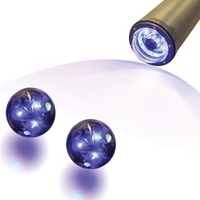
Experience Sensorbots with MacArtney at Ocean Business 2013
a series of live demonstrations. A new era in ocean sensing As human understanding and appreciation of the oceans rapidly increases, so does the demand for equipment capable of remotely monitoring this inhospitable and underexplored ecosystem. For this purpose, scientists at the Arizona State University have developed Sensorbots - a potentially transformative technology that promise to mark the beginning of a new era in ocean sensing. Sensorbots, how do they work? Sensorbots are small, transparent spherical devices equipped with variety of surface mounted sensors for measuring various
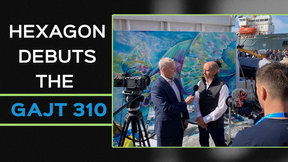
 February 2025
February 2025





